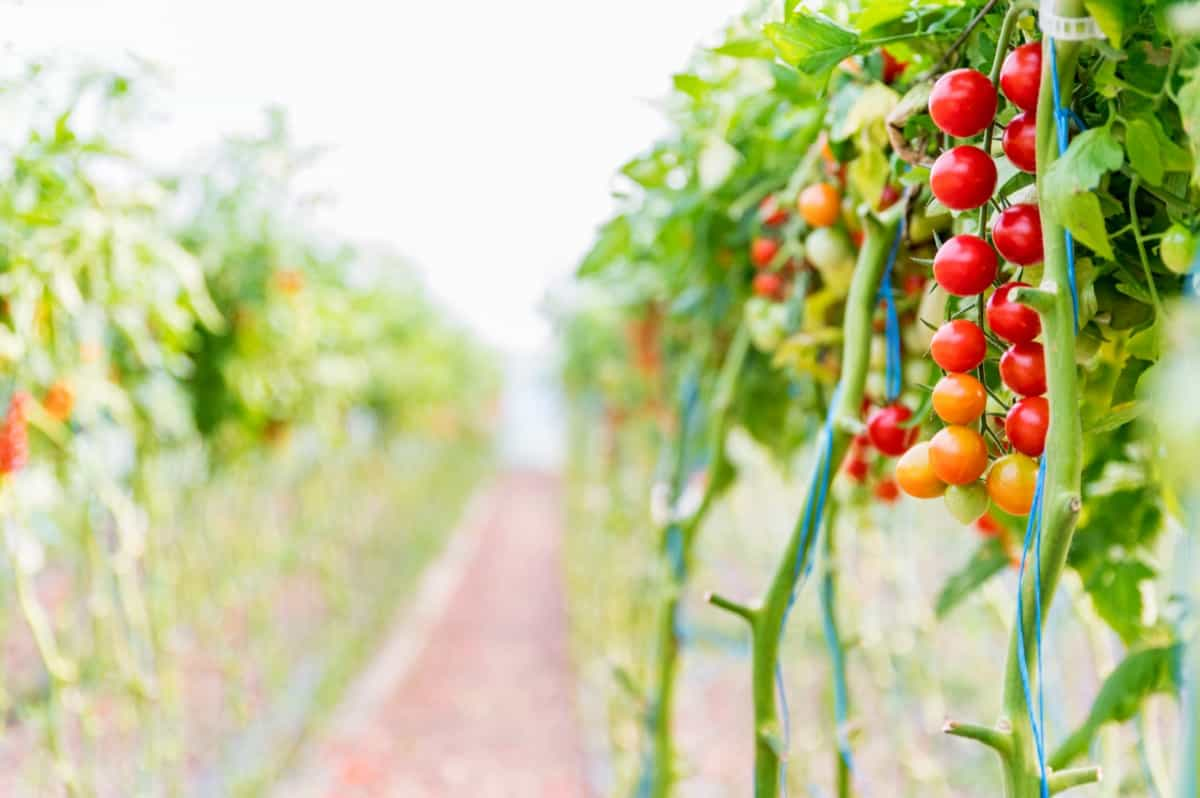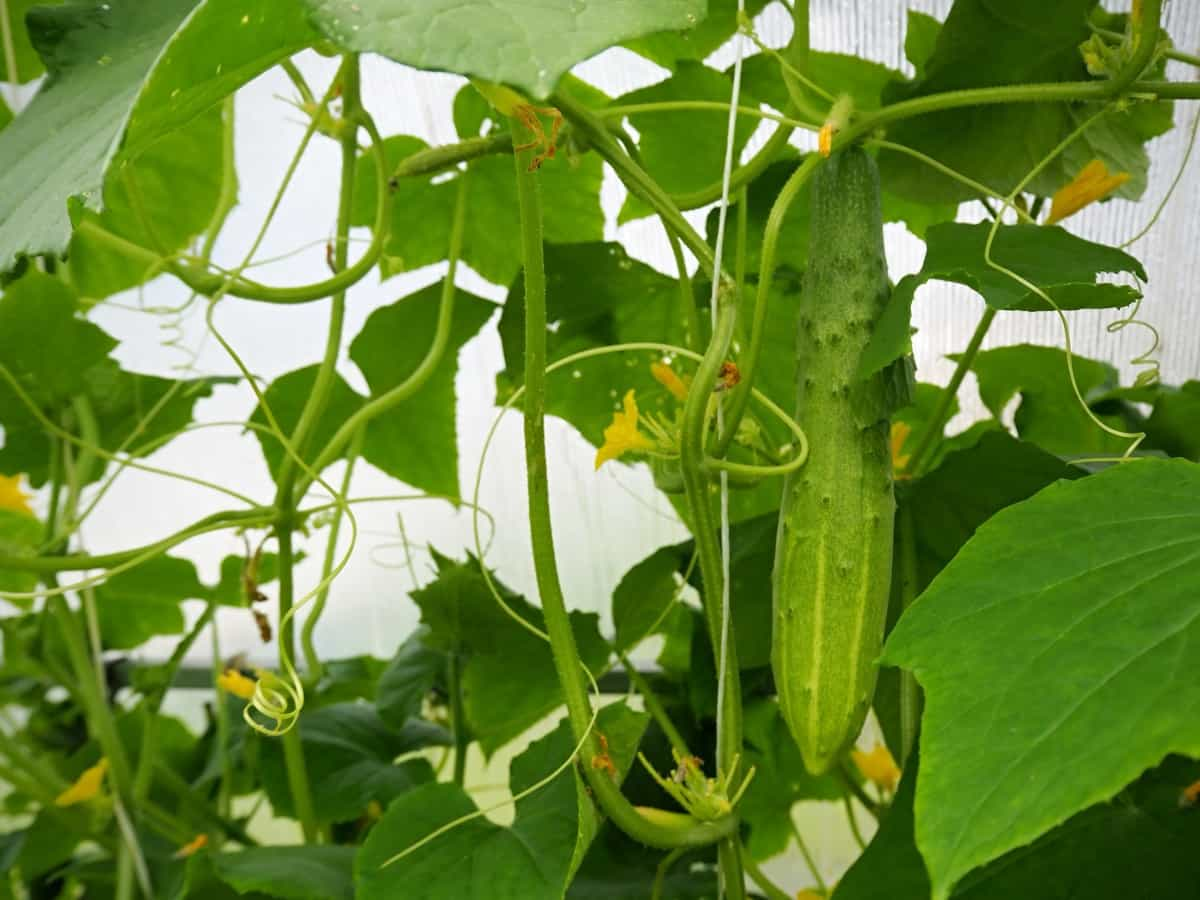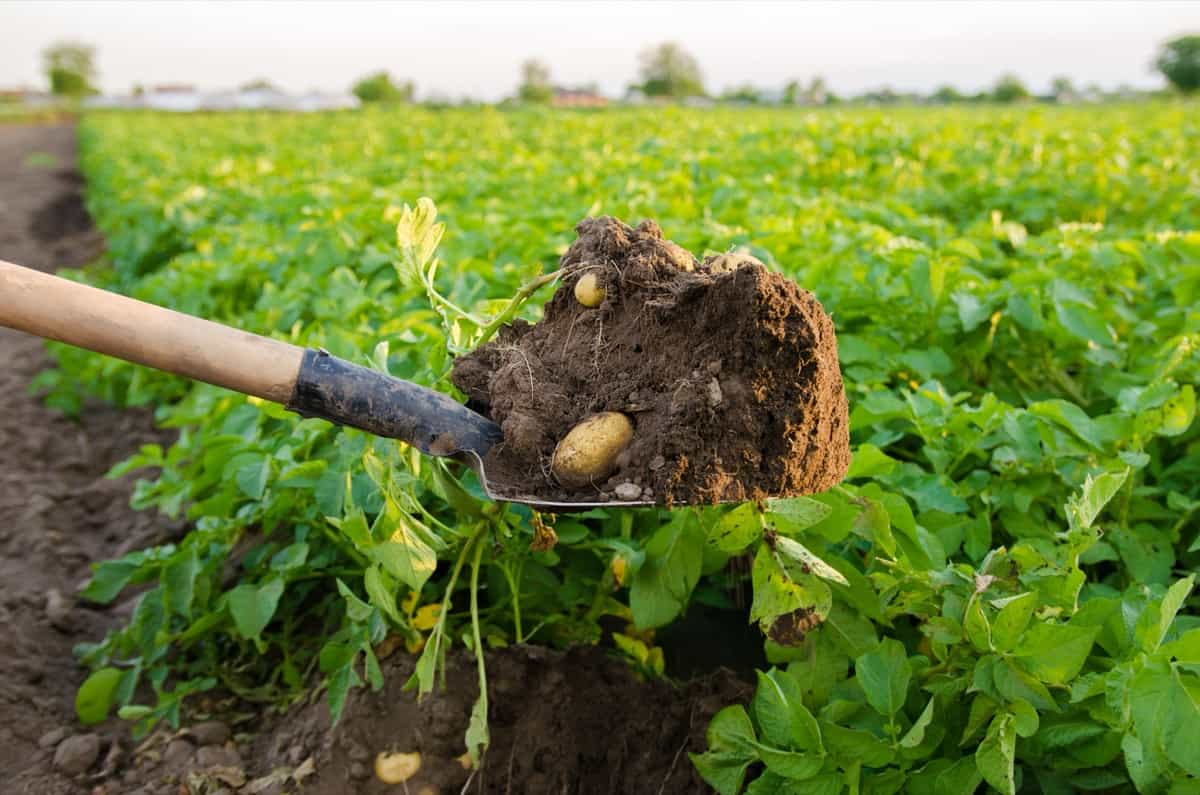India’s Mission for Integrated Development of Horticulture (MIDH) scheme offers farmers substantial subsidies ranging from 40% to 60% for their vegetable crops. This initiative reduces financial burdens and encourages sustainable farming practices. This blog will explore eligibility criteria, application process, and critical features, as well as scientific methods to maximize the subsidy and ensure economic growth and environmental well-being.

Government Subsidy for Vegetable Crops in India
What is the Mission for Integrated Development of Horticulture In India?
The Mission for Integrated Development of Horticulture is a centrally sponsored scheme launched by the Government of India to promote holistic growth of the horticulture sector. The mission aims to enhance horticulture production, improve nutritional security, and increase income opportunities for farmers.
It provides financial assistance to farmers, growers, and other stakeholders for developing horticulture crops, including fruits, vegetables, spices, flowers, and aromatic plants. The scheme also focuses on creating infrastructure for post-harvest management, processing, and marketing of horticulture produce.
Steps to Avail MIDH Subsidies for Your Vegetable Crops
One of the benefits of NHM is that it provides subsidies for vegetable cultivation, both in open fields and in protected conditions. The subsidy rates vary depending on the type of vegetable, the area of cultivation, and the category of farmer. Generally, the subsidy is 50% of the cost for general farmers and 60% of the price for small and marginal farmers, women, SC/ST, and northeastern and Himalayan states.
1. Identify the vegetable crop that you want to grow and check the eligibility criteria and subsidy rates for that crop. You can find the details on the MIDH website or contact your nearest horticulture department office.
2. Prepare a detailed project report (DPR) for your proposed vegetable cultivation project. The DPR should include information such as the location, area, cost, expected yield, market potential, etc., of your project. You can also seek guidance from the horticulture department or any other technical agency for preparing the DPR.
3. Submit your DPR and the required documents, such as land records, identity proof, bank account details, etc., to the district horticulture officer (DHO) or any other designated authority in your area. The DHO will verify your DPR and forward it to the state horticulture mission directorate (SHMD) for approval.
In case you missed it: Best Balcony Plants for Apartments in India: Vegetables, Flowers, and Herbs for Low-light, Full Sun

4. Once the SHMD approves your DPR, you will receive a sanction letter from them, which will specify the amount of subsidy you are eligible for and the terms and conditions for availing it.
5. After receiving the sanction letter, you can start implementing your project as per the approved DPR. You must follow the prescribed norms and guidelines for vegetable cultivation, such as using quality seeds, fertilizers, pesticides, irrigation, etc.
6. You must submit periodic progress reports and utilization certificates to the DHO or any other authority as per the sanction letter. You must also maintain proper records and accounts of your project activities and expenditures.
7. After completing your project, you must submit a final report along with the proof of completion, such as photographs, bills, receipts, etc., to the DHO or any other authority as per the sanction letter. The DHO will inspect your project and verify your subsidy claim.
8. Once your claim is verified, you will receive the subsidy in your bank account through direct benefit transfer (DBT).
Maximizing Your Agricultural Benefits: MIDH’s 60% Subsidy Scheme
- Nursery development and planting material production
- Area expansion and rejuvenation of old orchards
- Protected cultivation of high-value crops
- Integrated pest management and plant health management
- Organic farming and certification
- Post-harvest management and value addition
- Marketing infrastructure and market linkages
- Capacity building and skill development
Who Can Apply?
The scheme is open to all categories of farmers, including small, marginal, women, SC/ST, and NE/Hill state farmers. The system also encourages the participation of the private sector, cooperatives, self-help groups, NGOs, and other stakeholders in the horticulture value chain. The applicants have to submit their project proposals through the online portal of MIDH (https://midh.gov.in) or the state horticulture departments.
In case you missed it: Government Subsidy for Urban Farming in India: How to Avail up to 75%

Achieve Maximum Benefits
- Choose the crops and activities that suit your agro-climatic conditions, soil type, water availability, and market demand.
- Follow the technical guidelines and best practices prescribed by MIDH for each activity.
- Avail the services of technical experts, extension workers, and Krishi Vigyan Kendras for guidance and training.
- Maintain proper records and documentation of your project activities and expenditures.
- Submit your claims and bills in time and ensure timely release of funds from the state governments.
- Monitor and evaluate your project outcomes and impacts regularly.
Special Operation for Vegetable Crops in India by MIDH Subsidy Scheme
These special operations include the promotion of organic farming, the establishment of seed production units, the development of market infrastructure, and the creation of farmer-producer organizations (FPOs). The scheme also provides grants for developing vegetable clusters, farmers who come together to cultivate and market their produce collectively. These special operations aim to promote sustainable and inclusive growth of the horticulture sector and improve farmers’ livelihoods.
Under the MIDH scheme, farmers can avail of a grant of Rs. 10 lakhs to establish seed production units. This grant covers the cost of land, infrastructure, equipment, and training. The scheme provides a subsidy of up to 50% for developing market infrastructure, such as cold storage, pack houses, and grading units. This subsidy covers the cost of construction, equipment, and training.
In case you missed it: Polyhouse Farming in India: Training, Cost, Equipment, Subsidy, and Techniques

In addition, the MIDH scheme provides financial assistance to farmers to establish FPOs. These organizations help farmers to collectively market their produce, negotiate better prices, and access credit and other services. The scheme provides a grant of up to Rs. 10 lakhs for establishing FPOs, covering the cost of registration, training, and infrastructure.
How Can Farmers Avail of the 60% Subsidy for Vegetable Crop Development?
Under the MIDH scheme, farmers can avail of a 60% subsidy for developing vegetable crops. To help with the support, farmers must submit their proposals to the state horticulture department or mission. The proposal includes details of the proposed activity, such as the area of cultivation, type of crop, and expected yield.
The department or mission will verify the proposal and approve the subsidy amount. The farmer needs to contribute the remaining 40% of the project cost. After completion of the project, the farmer can claim the subsidy amount by submitting the necessary documents to the department or mission.
Vegetable Crop Covered Under MIDH Scheme
The Mission for Integrated Development of Horticulture covers a wide range of vegetable crops under its scheme. Some of the vegetable crops covered under the plan include tomato, onion, potato, cauliflower, cabbage, brinjal, okra, peas, beans, carrot, radish, beetroot, cucumber, pumpkin, gourd, bitter gourd, bottle gourd, ridge gourd, and leafy vegetables like spinach, fenugreek, coriander, and mint. The scheme gives financial assistance to farmers for various activities related to vegetable cultivation, such as setting up nurseries, protected cultivation, micro-irrigation, and post-harvest management.
What Are the Key Requirements to Qualify for MIDH Subsidies?
To qualify for MIDH subsidies, farmers and growers need to meet specific eligibility criteria. They should have a minimum landholding of 0.5 hectares for commercial crops and 0.1 hectares for vegetables. They should also have a valid Aadhaar card and a bank account. The scheme provides subsidies for various activities, including setting up nurseries, protected cultivation, micro-irrigation, and post-harvest management. Farmers need to submit their proposals to the concerned state horticulture department or mission for approval and disbursement of subsidies.
In case you missed it: Government Subsidy for Biofloc Fish Farming in India

Are There Specific States with Higher Subsidy Opportunities for Vegetable Crops?
The subsidy amount under the MIDH scheme varies from state to state and depends on the type of activity. However, some states offer higher subsidy opportunities for vegetable crops. For example, in Maharashtra, farmers can avail of a subsidy of up to 90% for developing vegetable crops under protected cultivation. Similarly, in Tamil Nadu, farmers can benefit from a grant of up to 75% for cultivating vegetables under micro-irrigation.
What Are the Benefits of Investing in Vegetable Crop Cultivation with MIDH Support?
- It can help increase the yield and quality of vegetables, leading to higher profits.
- It reduce the risk of crop failure due to pests, diseases, and adverse weather conditions.
- It can help farmers adopt modern technologies and practices for cultivation, such as drip irrigation, greenhouse farming, and seed treatment.
- It can create employment opportunities for rural youth and women in the horticulture sector.
- It can contribute to the overall development of the horticulture sector and improve the nutritional security of the country.
Are There Any Success Stories of Farmers Benefiting from MIDH Subsidies for Vegetable Crops?
Success stories of farmers benefiting from MIDH subsidies for vegetable crops. For example, in Karnataka, a group of farmers availed a grant of Rs. 2.5 lakhs for setting up a greenhouse for tomato cultivation. With the help of modern technologies and practices, they were able to increase their yield from 10-12 tons per acre to 30-35 tons per acre.
Similarly, in Uttar Pradesh, a farmer availed of a subsidy of Rs. 1.5 lakhs for setting up a drip irrigation system for his vegetable farm. This helped him save water and increase his yield by 20-25%. These success stories demonstrate the MIDH scheme to transform the horticulture sector and improve farmers’ livelihoods.
Cost Norms and Pattern of Assistance for Vegetable Crops
Under the MIDH scheme, farmers can avail of financial Assistance for various activities related to vegetable crops, such as setting up nurseries, protected cultivation, micro-irrigation, and post-harvest management. The cost norms for these activities vary depending on the type of crop and the area of cultivation.
For example, the cost norm for commercial horticulture development in open field conditions is Rs. 75 lakhs per project for projects over 2 hectares. Similarly, the cost norm for commercial horticulture development in protected cover is Rs. 112 lakhs per project covering an area above 2500 square meters. The pattern of Assistance under the MIDH scheme includes credit-linked back-ended subsidies, grants, and other financial incentives.
For example, credit-linked back-ended subsidies are provided to farmers for various activities related to vegetable crops, such as setting up nurseries, protected cultivation, and micro-irrigation. The subsidy amount varies depending on the type of crop and the area of cultivation. Similarly, grants are provided to farmers for the development of market infrastructure, such as cold storage, pack houses, and grading units. The grant amount covers the cost of construction, equipment, and training.
Financial Assistance for Organic Farming of Vegetables
Organic farming is a sustainable, eco-friendly method of cultivation that uses natural inputs and techniques to enhance soil fertility and control pests and diseases. The benefits of organic farming of vegetables under the MIDH scheme include
- Improved soil health.
- Reduced use of chemical fertilizers and pesticides.
- Increased yield and quality of produce.
In case you missed it: 8 Best Drip Irrigation Kits in India: Guide to Buy Top Drip Irrigation Kit at Affordable Price

Under the MIDH scheme, farmers can avail of additional assistance of 50% of the cost over and above the area expansion program for a maximum area of 4 hectares per beneficiary, spread over three years. For organic cultivation of vegetables, assistance will be limited to Rs. 10,000/- per hectare spread over three years. This assistance can generate on-farm inputs, such as vermicompost and biofertilizers.
In addition, the MIDH scheme provides financial assistance for establishing vermicompost units and HDPE vermibeds. The scheme offers a subsidy of 50% of the cost, subject maximum of Rs. 50,000 per beneficiary for a unit having a size of 30′ x 8′ x 2.5′. For smaller teams, assistance will be on a pro-rata basis. For HDPE Vermibed of 96 ft size (12’x4’x2′), the cost will be Rs. 16,000 per bed, and assistance will be limited to 50% of the price.
Conclusion
Mission for Integrated Development of Horticulture is a pivotal initiative for Indian farmers, offering substantial subsidies of up to 40-60% for vegetable crop cultivation. It not only bolsters the income of farmers but also promotes sustainable agriculture. By embracing MIDH and implementing scientific methods, India’s agricultural landscape can thrive, ensuring food security and economic prosperity.
- Types of Pesticides Used in Agriculture: A Beginner’s Guide
- Economical Aquaculture: A Guide to Low-Budget Fish Farming
- 15 Common Planting Errors That Can Doom Your Fruit Trees
- How to Make Houseplants Bushy: Effective Tips and Ideas
- Innovative Strategies for Boosting Coconut Pollination and Yield
- Pollination Strategies for Maximum Pumpkin Yield
- The Complete Guide to Chicken Fattening: Strategies for Maximum Growth
- Natural Solutions for Tulip Problems: 100% Effective Remedies for Leaf and Bulb-Related Issues
- Revolutionizing Citrus Preservation: Towards a Healthier, Greener Future
- Natural Solutions for Peony Leaf and Flower Problems: 100% Effective Remedies
- Maximizing Profits with Avocado Contract Farming in India: A Comprehensive Guide
- Natural Solutions for Hydrangea Problems: 100% Effective Remedies for Leaf and Flowers
- The Ultimate Guide to Choosing the Perfect Foliage Friend: Bringing Life Indoors
- From Sunlight to Sustainability: 15 Ways to Use Solar Technology in Agriculture
- The Ultimate Guide to Dong Tao Chicken: Exploring from History to Raising
- The Eco-Friendly Makeover: How to Convert Your Unused Swimming Pool into a Fish Pond
- Mastering the Art of Delaware Chicken Farming: Essentials for Healthy Backyard Flocks
- 20 Best Homemade Fertilizers for Money Plant: DIY Recipes and Application Methods
- How to Craft a Comprehensive Free-Range Chicken Farming Business Plan
- Brighten Your Flock: Raising Easter Egger Chickens for Beauty and Bounty
- How to Optimize Your Poultry Egg Farm Business Plan with These Strategies
- Subsidy for Spirulina Cultivation: How Indian Government Schemes Encouraging Spirulina Farmers
- Ultimate Guide to Raising Dominique Chickens: Breeding, Feeding, Egg-Production, and Care
- Mastering the Art of Raising Jersey Giant Chickens: Care, Feeding, and More
- Ultimate Guide to Raising Legbar Chickens: Breeding, Farming Practices, Diet, Egg-Production
- How to Raise Welsummer Chickens: A Comprehensive Guide for Beginners
- How to Protect Indoor Plants in Winter: A Comprehensive Guide
- Ultimate Guide to Grow Bag Gardening: Tips, Tricks, and Planting Ideas for Urban Gardeners
- Guide to Lotus Cultivation: How to Propagate, Plant, Grow, Care, Cost, and Profit
- Agriculture Drone Subsidy Scheme: Government Kisan Subsidy, License, and How to Apply Online
- Ultimate Guide to Raising Araucana Chickens: Breed Profile, Farming Economics, Diet, and Care
- Bringing Hydroponics to Classroom: Importance, Benefits of Learning for School Students
- Ultimate Guide to Raising Polish Chickens: Breed Profile, Farming Economics, Diet, and Care
- Ultimate Guide to Raising Australorp Chickens: Profile, Farming Economics, Egg Production, Diet, and Care
- Silkie Chicken Farming: Raising Practices, Varieties, Egg Production, Diet, and Care
- Sussex Chicken Farming: Raising Practices, Varieties, Egg Production, Diet and Care